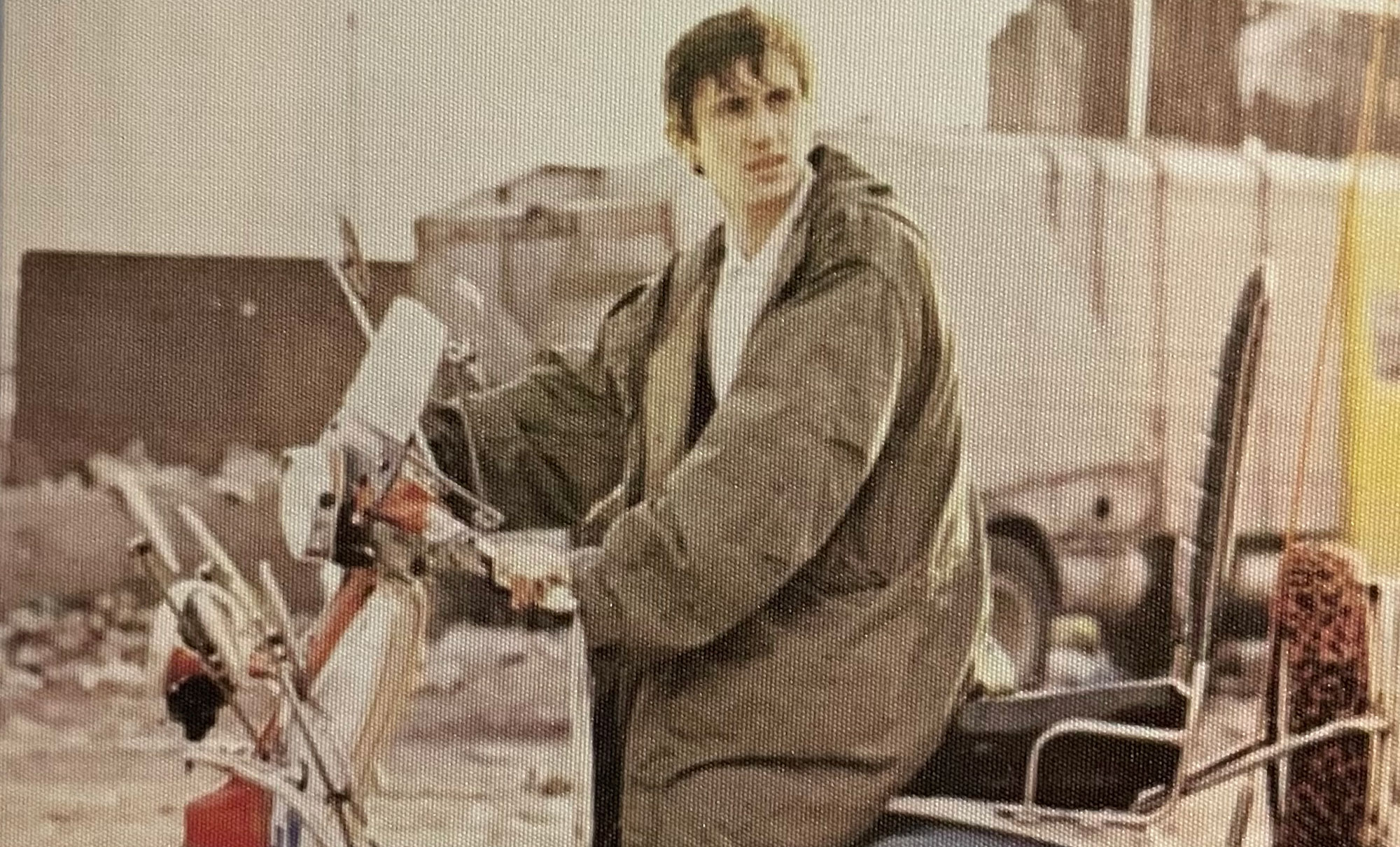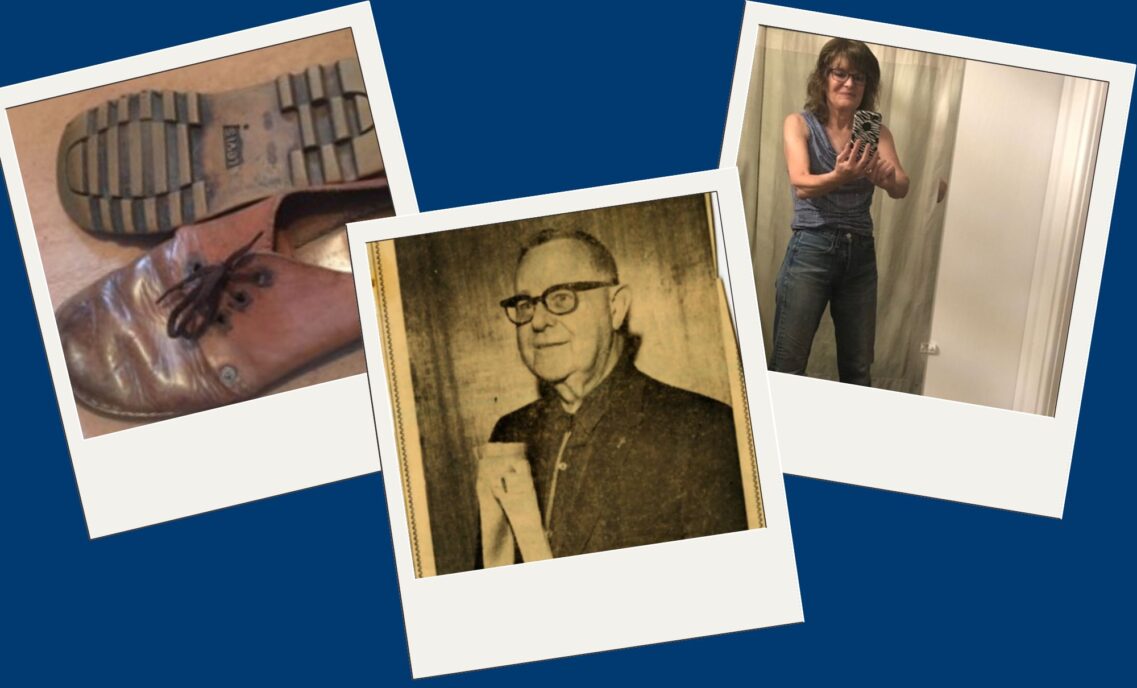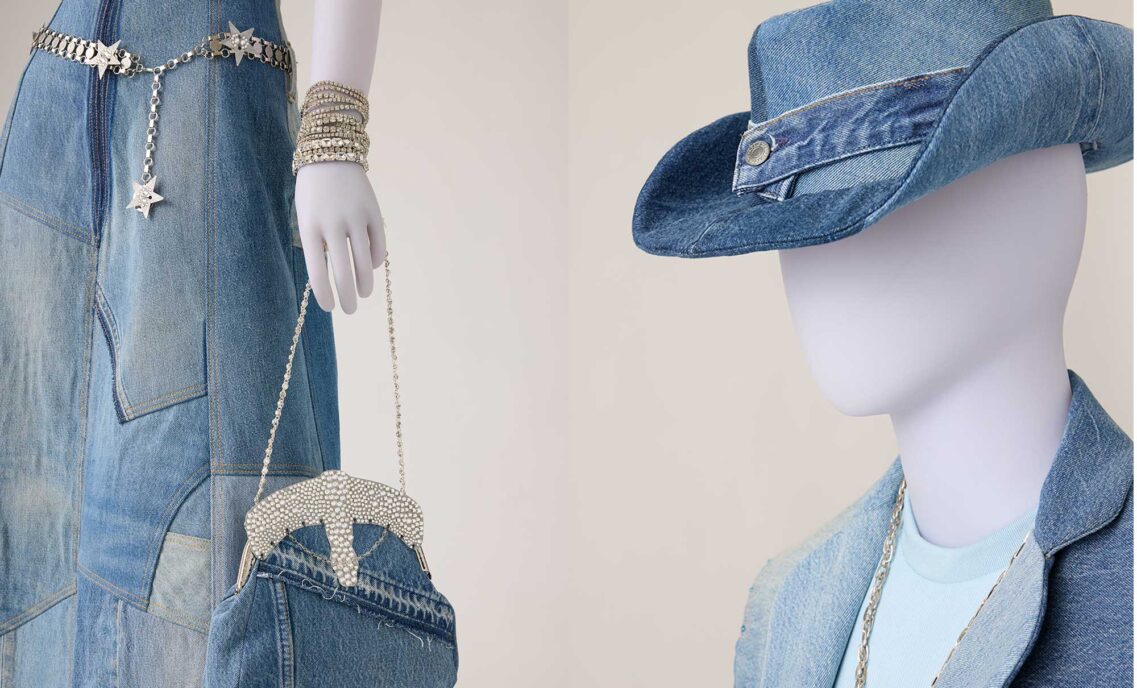In the 1979 film “Quadrophenia,” protagonist Jimmy Cooper escapes the drudgery of his job by jumping on his scooter and hitting the motorway. Jimmy is a member of the Mods — a popular U.K. subculture rooted in music and fashion — and his gang is constantly at odds with their rivals, the Rockers. Jimmy’s gang wears a signature Mod style for many U.K. youth in the late 1960s and beyond — military fishtail parkas and Levi’s® 501® jeans.
Levi’s® jeans appear throughout the film. For example, to get the perfect, snug fit, Jimmy wears his Levi’s® 501® jeans while soaking in his bathtub — just like real Mods of the day did. Later in the movie, tensions escalate between the Mods and the Rockers and a fight between the rival groups breaks out. To my surprise (and delight), many of the characters on both sides — not just the Mods — were dressed in Levi’s® jeans.
But while “Quadrophenia” is a work of fiction, the influence Levi’s® had on Mod culture is not. I sat down with David Seymour, a proud Mod who grew up in Bath, to learn more about the impact of Levi’s® fashion on the group.
Hard-Wearing Scooter Style
Traveling by scooter was a big part of the Mods’ culture. David’s scooter was a Lambretta Essex 150 that he’d bought in 1967 and customized himself. “I hand painted with a phoenix rising from flames and flames pouring down the side,” he shared.
David and his fellow Mods frequently formed convoys of up to 40 or 50 scooters, journeying together throughout the country and often overtaking cars “as one huge caterpillar.” For a night on the town, David and the other Mods would park their scooters and go sit in a coffee bar for an evening discussion, sharing news on changing trends. “Fashion used to change so fast in those days, but quality clothing such as Levi’s® jeans were perennial items,” David enthused.
They couldn’t just wear any fashion on their journeys, however. David recalled that some of the more “fashionable” trousers at the time weren’t tough enough to withstand the scooter journeys. One pair of his boutique pants even split in the knee when he first sat on his scooter. Levi’s® jeans, in contrast, were hard-wearing and got the job done.
“As Mods, we sought out the best clothes to travel distances, hence parkas and Levi’s®,” said David. “Both parkas and Levi’s® 501® jeans formed a kind of mark of identity in Mods.”
Preserving a Piece of Mod Style in the Archives
Along with his Levi’s® jeans, David often donned a pair of Chelsea-style Levi’s® orange Tab boots for riding his Lambretta. “A friend of mine bought them … for a boutique in town,” said David. “I actually swapped them by painting a mountain scene for my friend.”
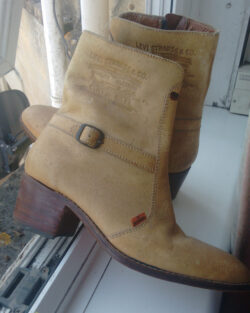
David kept his suede boots carefully stored in a box in his bedroom for more than 50 years before reaching out to me in the Levi’s® Archives. They are now preserved as a reminder of U.K. Mod ‘60s and ‘70s style.
Additionally, the Archives houses a copy of one of the “Quadrophenia” posters created by the Levi’s® Northern Europe team in 1980 to promote the movie. The Europe team also outfitted cast members in Levi’s® 501® jeans for the movie. Not surprisingly, 501® jeans sales in Europe saw a boost following the film’s release.
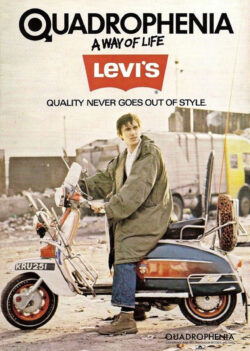
To this day, the Levi’s® brand continues to play a big role in Mod fashion in the U.K. and beyond, another example of how our denim withstands the test of time and maintains its place at the center of culture.



